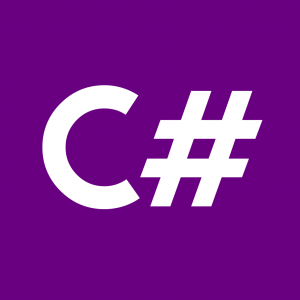Introduction to Razor View Syntax in ASP.NET MVC
Razor View Syntax is a powerful feature in ASP.NET MVC that enables developers to create dynamic web pages with ease. In this tutorial, we’ll delve into the fundamentals of Razor View Syntax, explore its key features, and provide hands-on examples to help you grasp its usage effectively.
Understanding Razor Syntax Basics
Razor Syntax allows developers to embed server-side code directly into HTML markup, making it easier to create dynamic content within views. The syntax is lightweight, intuitive, and seamlessly integrates with HTML.
Inline C# Code Blocks
<p>Welcome, @Model.UserName!</p>Code Expressions
<p>Total Items: @(Model.Items.Count)</p>Conditional Statements
@if (Model.IsAdmin)
{
<p>Welcome, Administrator!</p>
}
else
{
<p>Welcome, User!</p>
}Razor Expressions and Helpers
Razor provides a range of expressions and helpers to simplify common tasks and enhance productivity.
HTML Helpers
@Html.ActionLink("About Us", "About", "Home")Partial Views
@Html.Partial("_PartialViewName", model)Layout Pages
@{
Layout = "~/Views/Shared/_Layout.cshtml";
}Razor View Syntax in Loops and Iterations
Razor makes it easy to iterate over collections and render dynamic content within views.
For Loop
@foreach (var item in Model.Items)
{
<p>@item.Name</p>
}While Loop
@{
var counter = 0;
while (counter < 5)
{
<p>Counter: @counter</p>
counter++;
}
}Razor View Syntax and Form Handling
Razor simplifies form creation and processing in ASP.NET MVC applications.
Form Creation
@using (Html.BeginForm("ActionName", "ControllerName", FormMethod.Post))
{
<!-- Form fields here -->
}Form Validation
@Html.ValidationSummary(true)Conclusion
Razor View Syntax is a fundamental aspect of ASP.NET MVC development, empowering developers to create dynamic and interactive web applications. By mastering the concepts and syntax rules outlined in this tutorial, you’ll be well-equipped to leverage the full potential of Razor in your MVC projects. Start experimenting with Razor today and elevate your web development skills to new heights!
Now that you’ve learned the essentials of Razor View Syntax in ASP.NET MVC, you’re ready to create dynamic web applications with ease. Dive deeper into its capabilities and explore advanced techniques to build robust and interactive web solutions.



